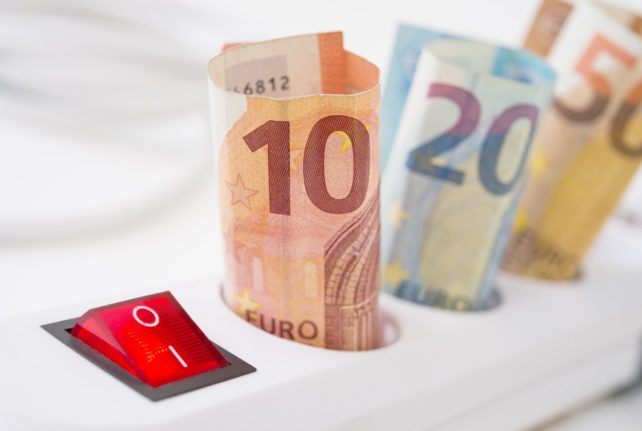“The water pressure has more or less closed the pipeline so that the gas which is inside can’t go out,” Nord Stream 2 spokesman Ulrich Lissek said.
“The conclusion is that there is still gas in the pipeline,” he added.
Asked how much gas was believed to be in the pipeline, Lissek said: “That is the one-million-dollar question.”
Information on the status of the Nord Stream 1 pipeline leak, which was significantly larger, was not immediately available.
The Nord Stream 1 and 2 pipelines, which connect Russia to Germany, have been at the centre of geopolitical tensions as Russia cut gas supplies to Europe in suspected retaliation against Western sanctions following Moscow’s
invasion of Ukraine.
While the pipelines are not currently in operation, they both still contained gas before they fell victim to apparent sabotage, producing four leaks.

A Danish-Swedish report released on Friday concluded the leaks were caused by underwater explosions corresponding to hundreds of kilogrammes of explosives.
“All available information indicates that those explosions are the result of a deliberate act,” the countries said.
The source of the explosions has remained a mystery, however, with both Moscow and Washington denying responsibility.
All the leaks, which were discovered on Monday, are in the Baltic Sea off the Danish island of Bornholm.
Two of the leaks are located in the Swedish exclusive economic zone, and the two others in the Danish one.
Lissek said Nord Stream 2 had informed the Danish energy regulator earlier Saturday that the pipeline had stopped leaking gas.
Danish authorities had said the leaks would continue until the gas in the pipelines is exhausted, which is expected to occur on Sunday.
The Swedish coastguard said late Friday that the leaks on Nord Stream 2 showed signs of weakening due to the exhaustion of the gas contained in the pipes.
The diameter of the sea surface “boiling” caused by the leak in the Swedish exclusive economic zone was now only 20 metres (66 feet) wide, 10 times smaller than at the start.
The leak on Nord Stream 1 had also started to weaken on Friday, with surface diameter down to 600 metres in diameter, down from between 900 and 1,000 metres on Monday.
READ MORE:



 Please whitelist us to continue reading.
Please whitelist us to continue reading.
Member comments